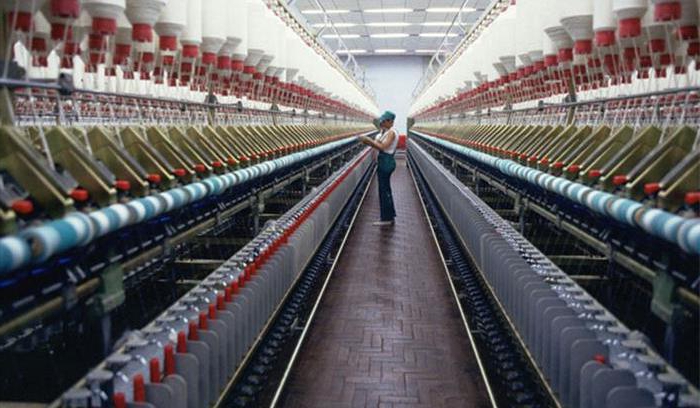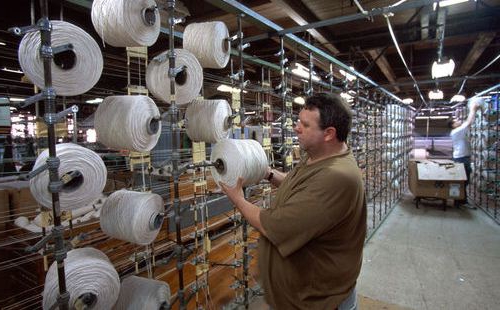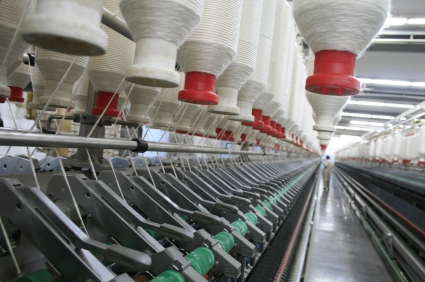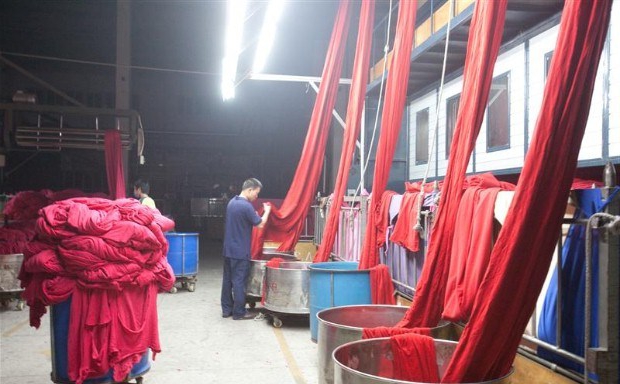
At all times, people wore clothes. Even several million years ago, our ancestors used animal skins to protect their bodies from cold, wind and rain. Gradually, the amount of materials for the production of clothing increased.
But, like thousands of years ago, the main component of the manufacturing process of human wardrobe items is fabric. That is why the decision to establish your own business in this direction is always beneficial. It is only necessary to correctly prioritize and take into account some important nuances.
For example, it is necessary to study in detail how to produce fabrics, what equipment is needed for this, what types of fabrics exist and other significant issues. The article reveals some important aspects of this field of activity.
Homeland of the fabric
Currently, even a small child knows that a huge amount of goods enters the world market from Chinese manufacturers. However, only part of the population is aware that this asian country is the birthplace of tea, paper, gunpowder and many other inventions that mankind has been using until then. China is also the first country in the world to launch fabric production.
Thanks to the "domestication" of silkworm, the population of the Celestial Empire became a "pioneer" in the production of silk. The trade route connecting Asia and Europe was also named after this material. Outstripping other countries by several millennia, China has also mastered the production of cotton fabrics. Gradually, other states began to use the achievements of the Celestial Empire, and the secrets of mastery were no longer secret.
Initial Stage: Raw Material Processing
Today, weaving factories produce materials of all colors and with all kinds of patterns that you can imagine. How is fabric produced? We will describe the process below. Many people know that the fabric is made from many thousands of twisted threads. However, the first step in the appearance of the finished material on the light is spinning. Initially, cotton baskets, flax fibers or cocoons of silkworm larvae are processed. The latter, for example, are boiled.
The processed material is placed in a container. A thin ribbon is drawn from each element. A certain amount of them is twisted into a thread. So the spinning process was carried out a long time ago. Then it was replaced by a spindle. After - an automatic spinning wheel. Today, fabric production is also inevitable without this process. However, all the work is performed by various automated equipment.
Material collected from raw materials undergoes loosening and scuffing. It is pressed, then divided into small portions. The next step is cleaning up debris and impurities. The cleaned material is passed through a carding machine. The surface of these devices is covered with a network of needles. The wet mass passes between a rapidly rotating drum and slowly floating rollers. In this case, short and foreign fibers are removed, that is, combed out. Passing through the apparatus, the material takes the form of a thick and loose strip.

Separating and pulling fiber
Then, along the distribution tape, the material enters the tape machines. Those, in turn, differentiate the mass into separate components and distribute them parallel to each other. On the same equipment, the tape is pulled.
In order for the future thread to be more durable, the machines connect several bundles together and slightly twist them. The resulting blank is called roving. Equipment for the production of fabrics also includes spinning machines. With their help, the roving is stretched. Then it simultaneously undergoes the processes of twisting and winding on a navava (special roller). After that, the yarn enters the warp knitting machine, which collects the threads into separate billets.

Basics and weft stitches
If you look at the canvas through the glass of a microscope or a magnifier, you can clearly see the interweaving of the threads. Those that run along the fabric are called warp, and the transverse - weft. In order for neither the first nor the second to break off, and the finished canvas is more durable, the threads are glued with a special compound called dressing. The material passes through hot rollers that dry the remnants of the sticky substance.
Production process
The warp comes from the warp knitting machine to the weaving machine as a web in a taut state. At the same time, the tension of the threads is such that the shuttle with the weft thread should easily and easily warp between them. At an angle of ninety degrees on the weaving equipment there is a direct production of fabric. The automatic device makes it possible to set a mode that allows fabrication with or without a pattern. It is here that the filaments are joined into a single fabric.
Wash and give color
Before getting dyed, the fabric goes through the wash. The first process takes place in soapy water with a set temperature and continuous speed. Then the material is rinsed in a clean liquid. Thanks to these steps, the adhesive substance used in weaving is washed away.
Next is the staining process. The fabric is placed in clean water, where dyes have been previously added. The solution is heated and the material is soaked in it. The duration of this process reaches six hours. After that, the fabric is taken out and rinsed in warm water.
Dry and reel
Thanks to special equipment, the material is straightened and smoothed. After that, he goes through heat treatment. The fabric is placed in a drying chamber, where at a set temperature, moisture evaporates from its fibers. The final stage of production is winding onto large coils. As a rule, the weight of one finished element is one and a half tons.
Examining the front side of different fabrics, you can see that the weft thread passes through the warp with different frequencies. This allows you to create drawings (simple and complex, large and small). The first category of materials includes satin, linen or twill fabric. Examples of the latter are denim and wool. Coarse calico, chintz and others belong to linen materials.
Denim is a coarser version of cotton. The front side of the fabric is usually a blue tint. It is formed by warp threads. The wrong side of the material is painted white. This is the merit of weft threads. Thanks to this combination, denim has the advantageous and different from other materials property to change its color, “turn blue”. If you slightly change the structure of the twill (change the behavior of the weft shuttle), you get a herringbone canvas. This option is widely found in the famous Wrangler jeans.

Connecting fabrics
In addition to weaving, duplication is also used in the manufacture of fabrics. This process is the bonding of two materials together by stitching or gluing. In this case, special equipment is used for duplication of fabrics - presses. As a rule, wool and synthetics, cotton and metallized material are interconnected. The duplication process is used to endow the paintings with new properties: impermeability, crush resistance and others.
The Russian fabric market is represented by a huge variety of companies. In order to compete with them, it is necessary not only to purchase carding, knitting, weaving, winding, warping, sizing and other machines, but also to establish the uninterrupted production of high-quality materials. Any project can become successful if you think through every little thing and use your hidden potential.
